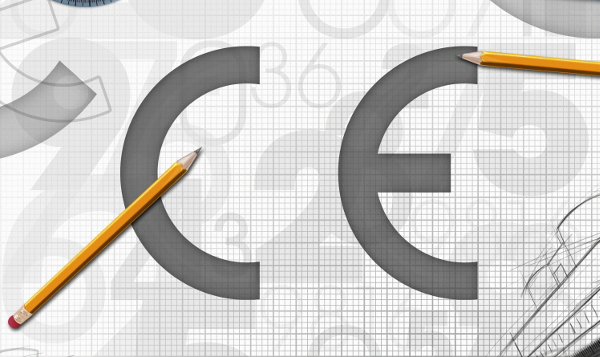What is the meaning of CE Labels?

Do you have a smartphone? If so, turn it over and look at the back of your phone. You can probably see a mysterious CE logo on the back of it.
Or perhaps you are a keen motorcyclist? On the back of your motorcycle helmet, and hopefully on your jacket’s protective padding, you will also see an identical CE logo.
You may also have children who, as you read this, are playing with some kind of toy figure. If you flip the toy over and check it’s label, you should also see the CE logo.
Alternatively, you may see it printed on the foot of the figure, much like Woody in Toy story had “Andy” printed on his foot.
With the CE logo colonising more and more of society, what exactly is it’s purpose?
WHAT DOES CE MEAN?
CE stands for ‘Conformité Européene’, which is French for ‘European Conformity’. The logo indicates that the product complies with all EU standards relevant to the construction of that item.
This gives confidence to sellers that the product may be legally sold and distributed within the European Free Trade Area.
WHAT CE DOESN’T MEAN
A consumer may assume that because an item bears a CE label, it has been rigorously tested and inspected by an official EU organisation before the product has been allowed on the market. In fact, this isn’t the case.
The responsibility is with manufacturers to test their own products and declare them CE compliant.
The manufacturer is however required to keep CE documentation, which can be requested at any time by the relevant enforcement organisation: the Market Surveillance Authority. Wrongly declaring a product as CE compliant incurs penalties in proportion to the severity of the offence.
CE marking also doesn’t mean that a product was constructed in the European Union. The majority of the electronics that we are familiar with are made in China, yet all of them bear CE marking. Manufacturers anywhere in the world may construct items according to EU regulations, and then sell them into EU with the CE logo. WHEN IS CE MARKING NECESSARY?
CE marking is only required in cases where there are EU regulations governing the construction of the item.
The list of affected areas is quite extensive, but some examples include: Personal Protective Equipment
- Toys
- Explosives
- Machinery
- Select Medical Devices
Items that don’t require CE marking are typically simple items that don’t contain multiple parts such as:
The legislation also forbids the use of CE marking on products that do not have any relevant EU legislation, so don’t even think about attaching CE labels to every item you sell!
Sources
https://ec.europa.eu/growth/single-market/ce-marking_en
https://www.gov.uk/guidance/ce-marking